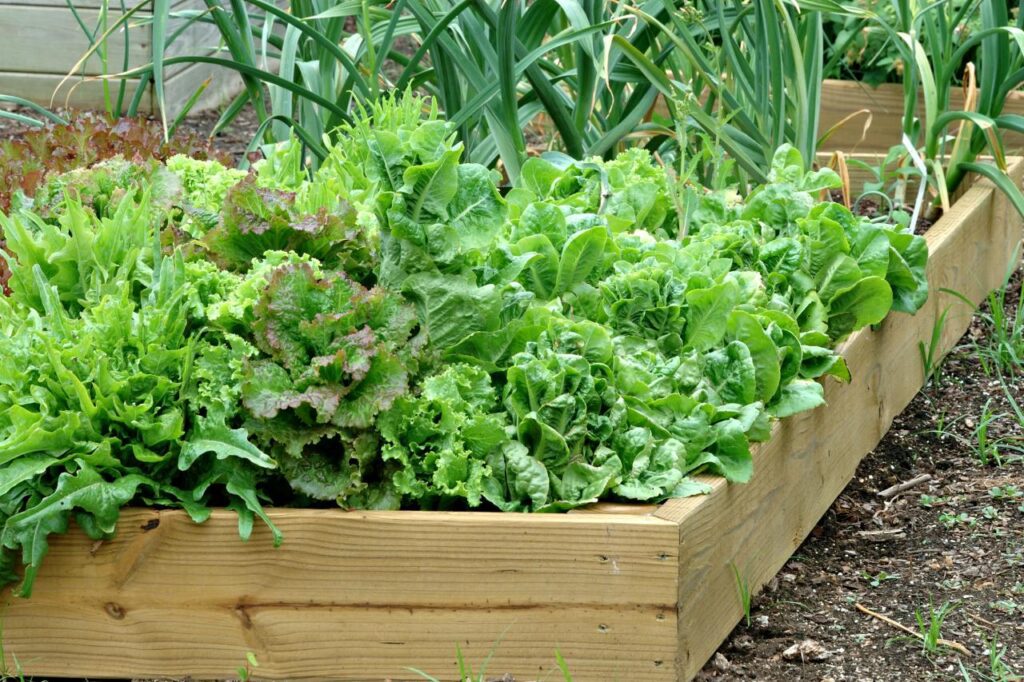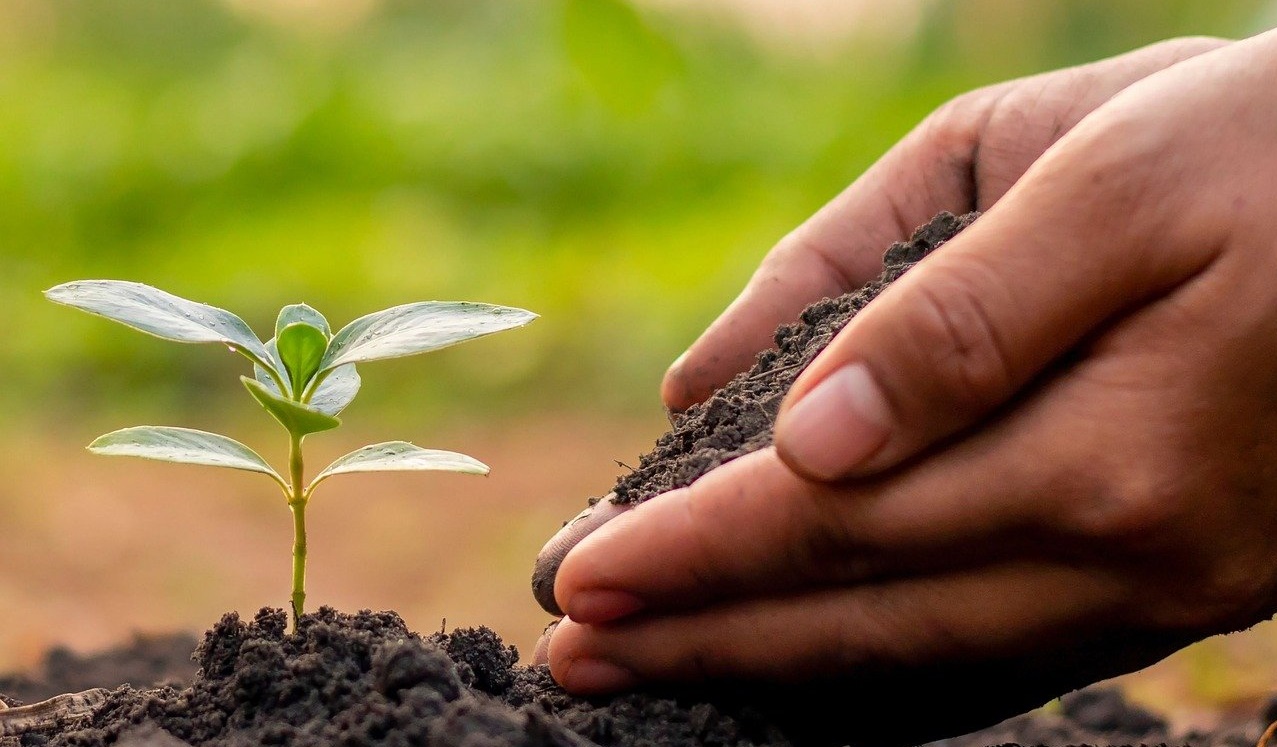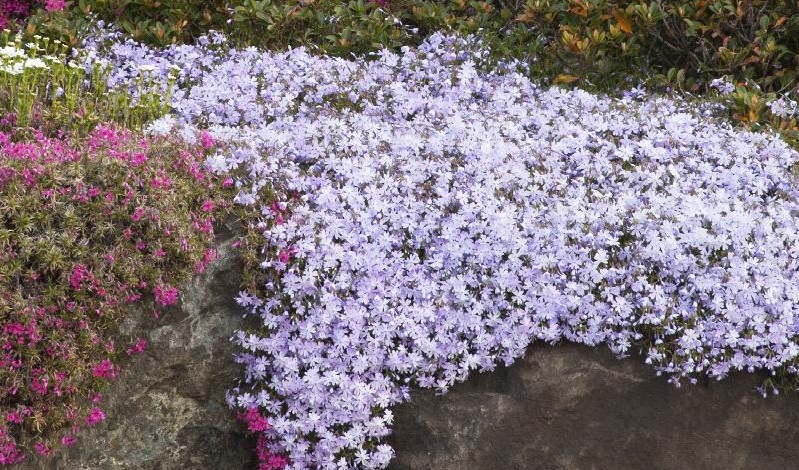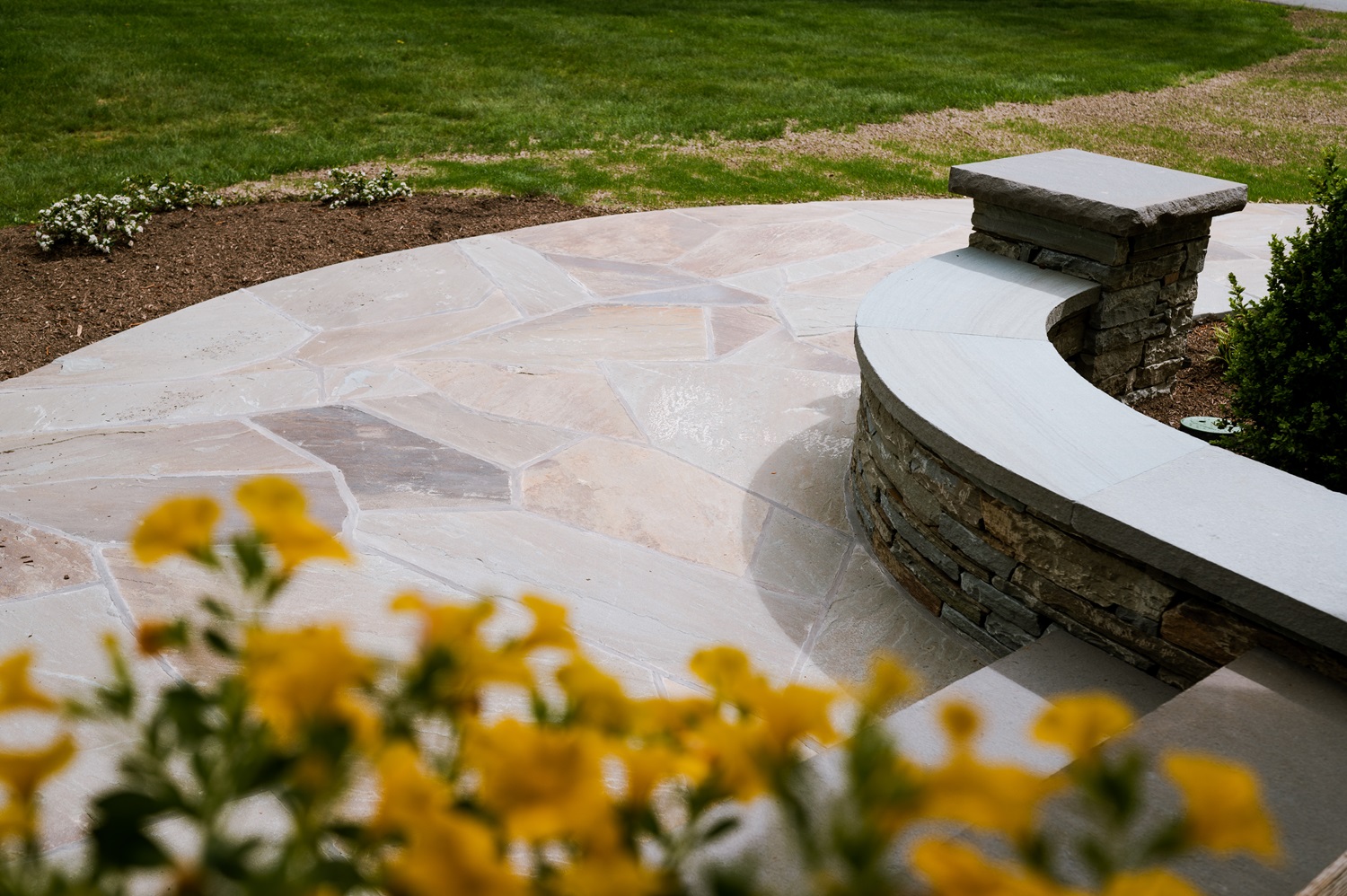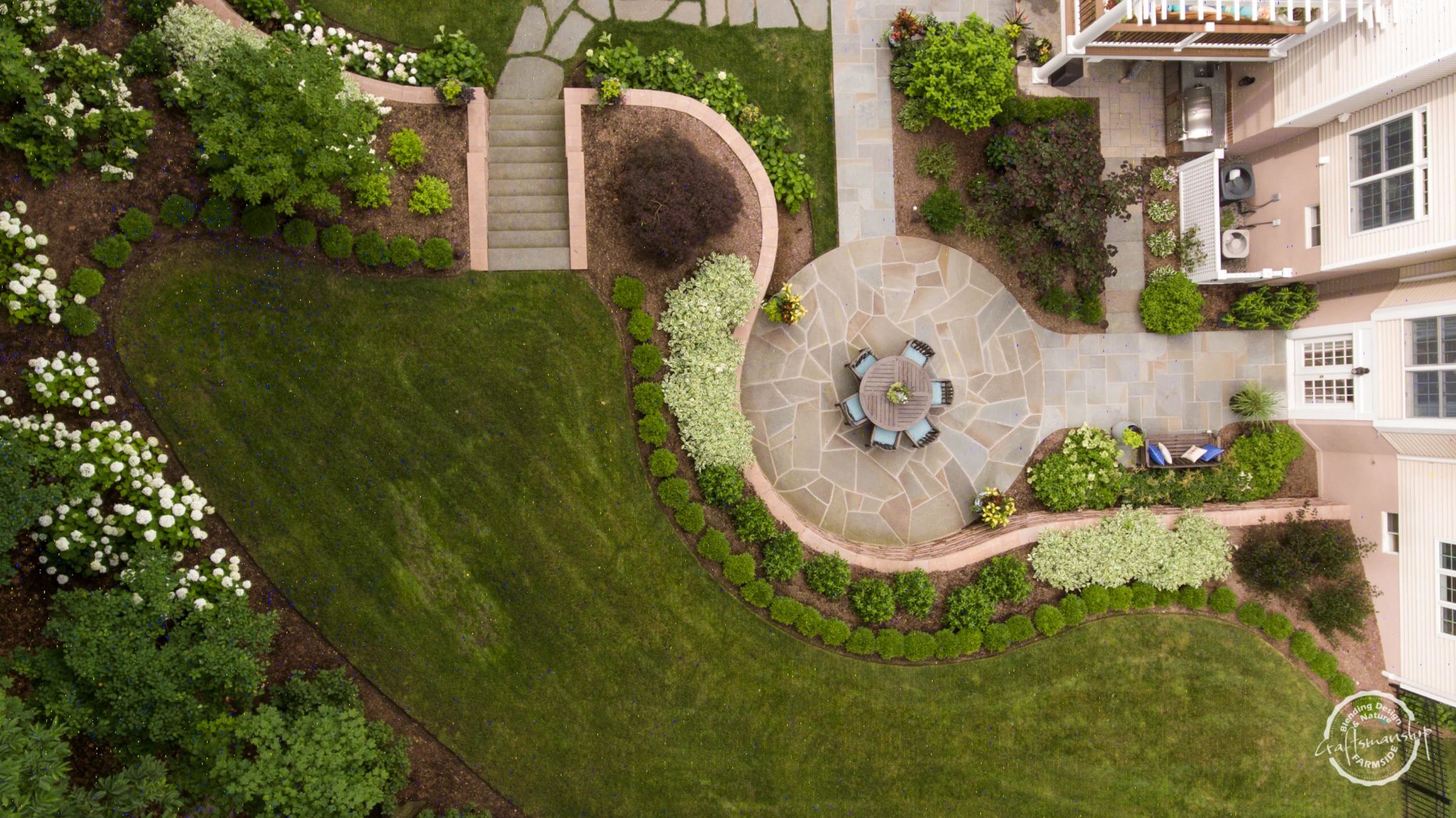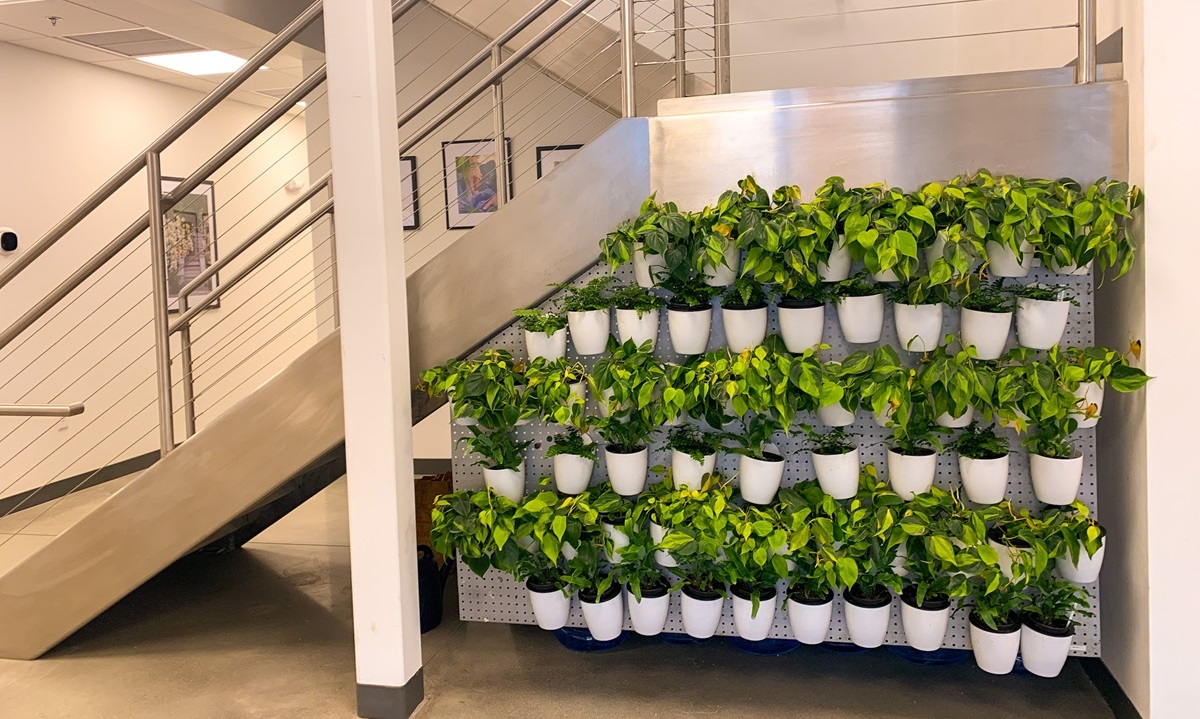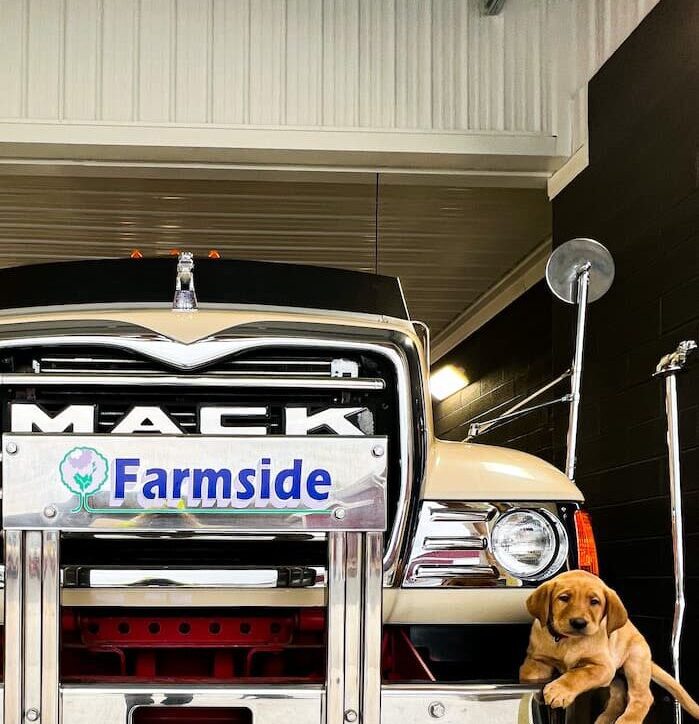Thinking about growing a vegetable garden but short on (or lacking) yard space? Consider growing vegetables in containers!
While some vegetable require more room than a container might offer, you’d be surprised how many things you can grow if you think vertically and variety. You can create a “theme” garden for your containers such as a salad garden, herb garden, pizza garden (tomatoes and herbs – you’ll have to supply the bread and cheese), edible flower garden (marigolds, pansies, and nasturtiums all add spicy flavor and beautiful color to summer salads) or root vegetable garden like carrots, parsnips, potatoes and radishes.
There are miniature and dwarf varieties for certain vegetables, such as carrots, pumpkins, potatoes, tomatoes and winter squash that require less space than their full-sized versions. Advantages to container gardens include minimal weeding, the ability to shift containers to ideal sites (a more shaded area if the late afternoon summer sun is too intense, or a sunnier spot if trees cast too much shade throughout the day), and depending on where they’re placed, less chance of being eaten by deer, rabbits or other garden nibblers. While certain vegetables may require large pots, 5 gallon buckets or even half-barrels, almost anyone can tuck in a few pots of fresh herbs in a sunny spot for wonderful summer flavor and fragrance. Getting started is easy. Based on what you want to grow, you’ll need a container, growing medium, water and fertilizer.
- Almost anything can be used as a container depending on the space you have and what you’d like to grow – even hanging baskets can be used to grow tomatoes or herbs!
- Container vegetables need good drainage and nutrients, so consider using potting soil or other soil-less mediums in which to plant your vegetables. These potting mixes are also lighter in weight, which matters if you plan on shifting things around.
- Potting soil in containers can dry out quickly, so be sure to check moisture levels daily, even twice a day in very hot weather.
- Get a balanced fertilizer to ensure your plants get the nutrients they need, and follow the manufacturer’s directions for application. Some veggies you might try:
Tomatoes – A New Jersey staple, tomatoes can be grown in pots, hanging baskets or grow bags. Opt for bush or trailing varieties, which do best in containers. Keep tomatoes evenly watered to prevent the fruit from splitting.
Lettuce – Choose your favorite varieties and sow a few seeds in pots at intervals so they don’t all mature at the same time. Keep moist (water in the morning) and avoid hot, direct sun.
Radishes – This peppery veggie is easy to grow and can be ready to harvest as quickly as in a month. Like lettuces, sow seeds in intervals to keep an ongoing supply. Harvest after about a month for best flavor and texture.
Herbs – Flavor and fragrance make fresh herbs a welcome addition to meals as well as to gardens. Try basil, thyme, oregano, marjoram and rosemary, which thrive in sun and heat.
Main image credit: HGTV

